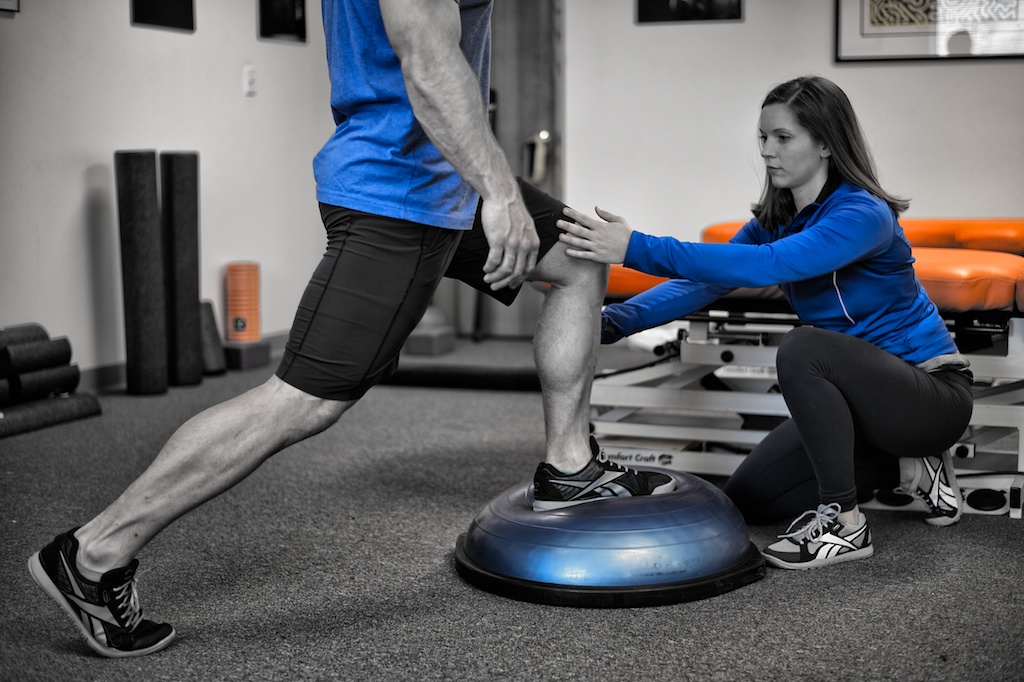
Total Physical Therapy & Lauren Beasley changed my life. I am enormously grateful. I came to TPT after “resting” a chronic hip injury for 14 months based on my doctor’s advice. The injury stagnated and would not resolve itself. From the initial phone consultation, Lauren Beasley of Total-PT was engaged, enthusiastic, and confident she could improve the situation and get me back to running and normal fitness activity. Having now successfully completed my physical therapy program, I am now back to my pre-injury activities and completely thrilled with the entire experience. There is no substitute for the personal, one-to-one approach Total-PT takes to it’s patients. The therapist is not circulating from one patient to another during your session. You are the sole focus for that hour. The exercises and techniques are tailored to you, how you are feeling that day/week, and what the right next progression is. Lauren Beasley was excellent at explaining the reasons for the therapy she recommended, how it relates to anatomy and biomechanics. She was also available and happy to chat or text between sessions if something came up. It is true personal service, and done with a great attitude. I would recommend Total Physical Therapy to anyone who is committed to resolving an injury through exercise and improving their strength, mobility and flexibility.
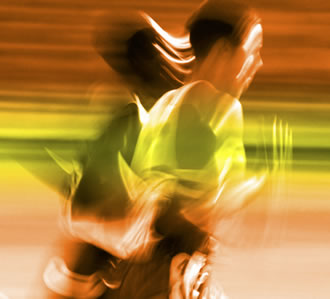
Thanks Lauren! Christian just called. He set a personal record tonight in the 400 meter at the NYC armory. He ran a 50.6 and got a silver medal. He was the only Seton Hall Prep runner to qualify for the Eastern States later this month. All this with no practice in the last three weeks! He thanked God first, and you second!
Much appreciated!
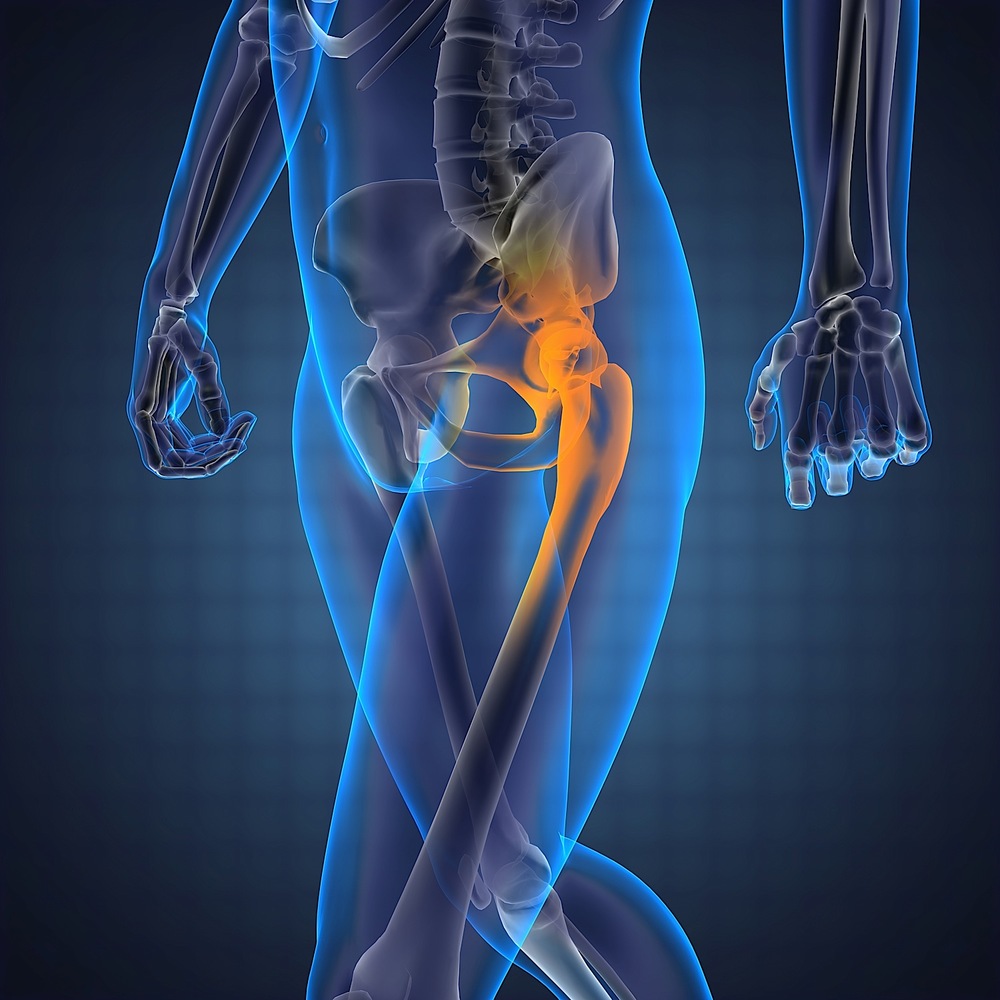

Here’s Lauren Beasley’s follow-up article as featured in Breaking Muscle
We need stability in much the same way that we need air. We need to supply oxygen in the right amounts, at the right times, and according to the demand. It’s a simple supply-demand relationship and the same goes for stability. For years, the core muscles (read: abs) have been the focus of stability training and with good reason. The muscles traditionally referred to as “the core” provide a working surface for our extremities to push off of, which is crucial for any kind of movement, from throwing the game-winning touchdown pass to signing an autograph after the victory. You’d be hard pressed to find someone with a good argument for not training core stability.
 But there’s more to the story. The core is where we generate, absorb, and transfer forces to and from our extremities, which means we need to focus on stabilizing the connection between extremity and core. Enter the hip.
But there’s more to the story. The core is where we generate, absorb, and transfer forces to and from our extremities, which means we need to focus on stabilizing the connection between extremity and core. Enter the hip.
In my last article, I shared knowledge that came from years of seminars, textbooks, mentorships, and trouble-shooting all kinds of injuries. I revealed that hip instability is the common thread of so many problems – from back pain to shin splints – and sub-par hip performance is far more common than you might think. But unless you’re in a serious state of denial, admitting that your hip isn’t working so well is not the hard part – fixing it is. So, let’s make this simple. I’m going to break fixing your hips down into five steps:
Step #1: Deep Tissue Mobility
I know, you expected strength and stability drills, but before you ask your muscles to work, you should probably make sure they are able to work. Foam rolling and lacrosse ball mobility drills have become all the rage, but while “everyone’s doing it” is a good enough reason to get most people on the bandwagon, understanding the purpose and value of these drills will help prioritize when and where you should spend time suffering through deep tissue mobility work.
When a muscle is tight, range of motion can be compromised. Lack of range of motion causes changes in movement patterns that limit quality of performance and ultimately create injury risk. A tight muscle is a weak muscle. An overstretched or long muscle is also a weak muscle. This conundrum is known as the length-tension relationship. In short, this rule says that a muscle must be at mid-length (or on a slight stretch, to be exact) to generate optimal force. If a muscle contracts by shortening, how can the muscle generate force if it is already shortened? This concept applies not only to overall length of muscles, but to isolated units within a muscle.

We know that several muscles play an intricate role in supporting the hip joint, but I’m going to play favorites and pick on the gluteus medius. Not just because it is notoriously tight, but because this is the most common source of breakdown I come across in the clinic. And the glut med is no job for a foam roller – too close for missiles, Mav, better switch to guns. Due to its smaller surface area, the lacrosse ball is the perfect tool to dig into the lateral hip and provide enough pressure to release the fibers. Spend a few minutes on each side, and consider your glutes ready for action.
Step #2: Isolated Strengthening
Turns out, there is a purpose for those wimpy isolation exercises that have been shunned by the fitness world in lieu of functional training. (Don’t worry – we’ll get to that, too.) After step one, you’ve smashed, mashed, and rolled your hip fibers into prime shape for work, and while they can now create a stronger contraction, they are clearly still weak. This second step is not a quick fix and requires some good old-fashioned hard work. Cue: targeted, remedial strengthening.
Before I step into the lion’s den by singling out some exercises, let’s get a few things straight. First, I have read many studies examining the best way to elicit hip muscle activity and there are a lot of conflicting results. Regardless of the exercise, a major factor in the effectiveness of targeting a specific muscle is cuing and awareness. In other words, if a person tries to squeeze their glutes during an activity, then the glutes are more active. Second, if a person has weak glutes, then pretty much any method of targeting glute strength will do, as anything is better than nothing. Lastly, anything is better than nothing also applies to compliance. If an athlete isn’t going to do the exercise then it’s not very effective, is it? So let’s keep it simple and easy to perform.
While this overview of hip strengthening methods is far from comprehensive, no list of lateral hip exercises would be complete without side-lying abduction. After all, this is the primary “action” of the glute med when the muscle fibers concentrically contract. Additionally, side planking is an excellent way to isometrically fire the glute med as the lateral hip muscles keep you off of the ground. Want to get fancy? Hold a side plank and perform abduction with the non-weight bearing leg.
Step #3: Functional Strengthening
 Moving right along! Your glute med is now willing and able to work, so the important focus now becomes retraining this muscle to work functionally. In weight bearing, the glute med must fire to stabilize the pelvis, mainly in unilateral stance. Therefore, I recommend targeting the glute med in weight bearing with focus on double- and single-limb stance.
Moving right along! Your glute med is now willing and able to work, so the important focus now becomes retraining this muscle to work functionally. In weight bearing, the glute med must fire to stabilize the pelvis, mainly in unilateral stance. Therefore, I recommend targeting the glute med in weight bearing with focus on double- and single-limb stance.
A simple way to ensure the glute med is firing as you weight bear is to use a resistance band around the ankles or knees while walking. Forward, backwards, laterally – whatever method suits your mood. Lateral step-ups and single-leg Romanian deadlifts also work well to functionally train the glute med.
Step #4: Dynamic Stabilizing
Continuing along this progression, it is now time to make sure we can supply hip stability in the right amount, at the right times (just like oxygen). Plyometric work such as speed skaters and single leg work in the form of broad jumps or box jumps require the glute med to stabilize the pelvis during more dynamic activity. This is challenging, but struggling with this stage is necessary in order to carry over good movement patterns established in simple, controlled activities to more unpredictable situations.
Step #5: Skill
Here’s the fun part. How you choose to use and challenge your shiny new hip stability is up to you. Your sport will guide the next steps in training your hip to ensure your stability is up to par for the specific demands you place on your body. Remember, breaking down complex skills into their smaller parts is crucial to successful performance. Perfect practice makes perfect.
That’s it. A systematic approach to tackle movement dysfunction. Using this logic, now you can apply your own tried and true techniques. (Spoiler alert: this also works pretty well for our other core-extremity connector, the shoulder.)
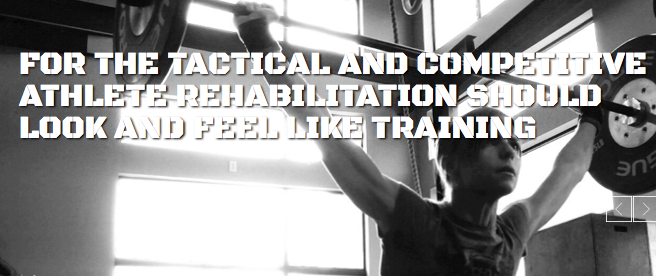
Total Physical Therapy is proud to announce our inclusion as a featured practice on Back to the Box. Back to The Box is a membership-based website that serves highly motivated functional fitness, competitive and tactical athletes recovering from orthopedic surgery or injury. BTTB provides online rehabilitative training programs and recovery education to include written and video content. Back to the Box is based out of Durango, Colorodo and has over 400 facilities nationwide that provide elite services to athletes and the military elite. We are the only providers in the state of New Jersey. You can find out more by going here.
Little did you know that there actually is a right and wrong way of sneezing and coughing. A little quick fix and your chances of hurting your lower back while performing these simple tasks flies out the window. Check this out folks!
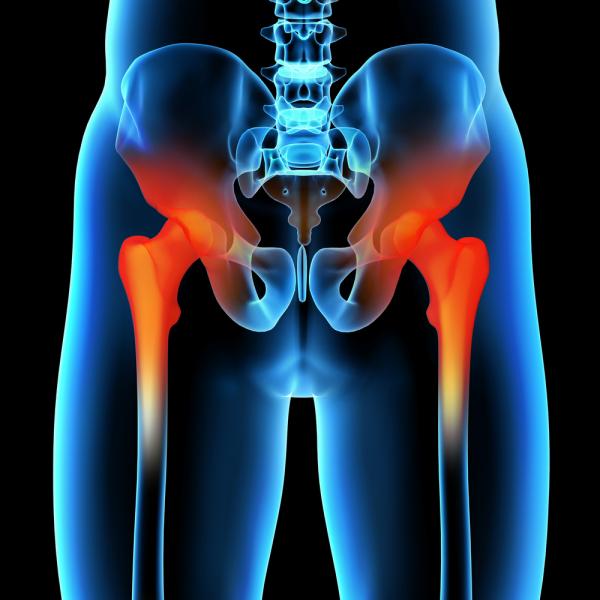

Congratulations to our own Lauren Beasley! She has become a contributing writer for the popular online publication Breaking Muscle! Here’s her 1st article:
I’m on to you. You’re not here to read. You’re here to improve. You want to train better, perform better, feel better – whatever your better may be. You are willing to suffer through this article hoping to add just a little bit more knowledge to help you achieve your better. You are also smart enough to know there are no quick fixes or shortcuts, so you’re willing to work. Hard. But in spite of your impressive dedication and awe-inspiring work ethic, you still want better as fast as possible.
Since I know your secret, I’m going to let you in on one of mine. I want to tell you the one thing I see over and over again. The one difference between good performance and maximizing performance potential. The one thing that can be the difference between staying healthy and getting injured. And because you are so smart, you ask, “Why should I listen to you?”
 Here’s what you need to know: I am a physical therapist who works almost exclusively with athletes. From lacrosse players to CrossFit, from recreational to the very elite, these are the individuals with whom I work day in and day out. I left the humdrum world of ultrasounds, icepacks, and ankle-cuff weights to work with the most motivated clients and best teachers – athletes. All day every day I work one-on-one with athletes watching them move and problem solve their way (back) to 100%. And over and over again I see a common thread limiting my athletes, their Achilles heel – the hip.
Here’s what you need to know: I am a physical therapist who works almost exclusively with athletes. From lacrosse players to CrossFit, from recreational to the very elite, these are the individuals with whom I work day in and day out. I left the humdrum world of ultrasounds, icepacks, and ankle-cuff weights to work with the most motivated clients and best teachers – athletes. All day every day I work one-on-one with athletes watching them move and problem solve their way (back) to 100%. And over and over again I see a common thread limiting my athletes, their Achilles heel – the hip.
Almost all of the cases I treat stem from lack of core stability – specifically, from the lateral hip musculature (and yes, I group hip muscles into the core). Certainly you could see how this may be true if I were to only specialize in lower extremity treatment, but since I am telling you one of the secrets to my success, you should know that hip dysfunction also explains almost all of my waist-up cases (the technical term). As we go about our day-to-day lives moving from point A to point B, much of our activity requires us to move forward, or in the sagittal plane. Marathon runners, swimmers, point guards, and quarterbacks all have their eyes on the prize, in front of them. In order to produce any movement in this front-to-back plane, we must be able to use our lateral stabilizers, or anti-rotators, in the right amount, at the right time. Piece of cake, right? Now stabilize your core and control functional, diagonal, movements. Bob and weave, pivot and cut, juke your guy out of his cleats. Better have hips that would make Shakira drool.
The hip muscles – the glutes, the deep rotators, and yes those adductors that seem like they only exist to cause problems – are collectively charged with the daunting task of stabilizing everything above and below the hip. For example, as we walk, when we stride forward the standing hip must provide the force needed to prevent our torsos from dropping side to side and hold the hip and pelvis stationary (relatively speaking) to allow the knee to perform the simple hinge action for which it was designed. With such a large role, you can easily see how individuals of all abilities would have difficulty successfully controlling this multi-planar joint and the real trouble begins when compensations set in.
 Let’s start with the Trendelenburg gait. This is a dysfunctional movement pattern we physical therapists are taught ad nauseam and love to point out during gait analysis. “Ooh, ooh! His pelvis dropped to the contralateral side, Trendelenburg!” This gait pattern occurs due to weakness of primarily the gluteus medius. We learn that this hallmark sign of lateral hip weakness can be spotted when the non-weight bearing hip drops lower than the level of the standing hip. Since we go to school for a really long time, we also learn that some individuals will compensate for this weakness by leaning their torso toward the side of weakness. You can assess this by watching someone walk, or stand on one leg. In our advanced classes, we learn that the glute med (we are older and cooler, so we abbreviate now) is also a rotator and when it is weak, the knee caves into an ugly valgus position (pictured right) because the hip dropped into internal rotation, straining the medial aspect of the knee.
Let’s start with the Trendelenburg gait. This is a dysfunctional movement pattern we physical therapists are taught ad nauseam and love to point out during gait analysis. “Ooh, ooh! His pelvis dropped to the contralateral side, Trendelenburg!” This gait pattern occurs due to weakness of primarily the gluteus medius. We learn that this hallmark sign of lateral hip weakness can be spotted when the non-weight bearing hip drops lower than the level of the standing hip. Since we go to school for a really long time, we also learn that some individuals will compensate for this weakness by leaning their torso toward the side of weakness. You can assess this by watching someone walk, or stand on one leg. In our advanced classes, we learn that the glute med (we are older and cooler, so we abbreviate now) is also a rotator and when it is weak, the knee caves into an ugly valgus position (pictured right) because the hip dropped into internal rotation, straining the medial aspect of the knee.
When you zoom the microscope out, you can see that hip weakness looks like a lot of things, not just the Trendelenburg sign. Often, there are no deviations in sight and more importantly, the negative effects have far greater reach than just pain at the hip or the knee. My athletes have shown me time and time again that when one movement strategy fails, they have an arsenal of second and third-string muscles ready to take over. Being able to substitute muscles in a time of need makes for a great short term strategy, however if such compensations are sustained over time, you will eventually see a plateau in performance and breakdown of muscles that are doing someone else’s job in addition to their own. Have you ever had to pitch in a little extra to make up for a colleague or teammate? Sooner or later being taken advantage of will get old.
 Instead of demonstrating “down and in” collapse at the knee and ankle, the posterior tibialis at the inner shin can do a great job of lifting the arch and reducing the knee valgus. The posterior tib also excels in causing debilitating shin splints when used to do more work than it is supposed to.
Instead of demonstrating “down and in” collapse at the knee and ankle, the posterior tibialis at the inner shin can do a great job of lifting the arch and reducing the knee valgus. The posterior tib also excels in causing debilitating shin splints when used to do more work than it is supposed to. - The sartorius is an abductor and external rotator of the hip and with connections at the anterior hip and the medial knee, like the posterior tib, this long strappy muscle can pull the knee up and out when it contracts. Makes a good substitute for the glute med, right? Absolutely, with hip and knee pain to boot.
- If the glute max slacks off and lets your torso lean too far forward, the ankle plantarflexors are ready and willing and help hold you up. How much weight do you think your calf muscles can squat? You get the point.
The secret should be pretty clear by now – by mastering hip control in all planes, you can control whatever kind of movement you would like your body to create. You can be as static or dynamic as the hip allows. When the body works how it is designed, it is a powerful machine capable of both force and finesse. Big muscles do the heavy lifting while small muscles make minor adjustments. This results in efficient (read: strong and safe) movements. Control your hip, and you control your body.
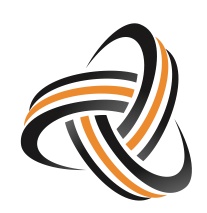
Dimitry,
According to Time, the person of the year is selected because they have been influential and pushed the envelope in some way. For me, you are my “Person of My Year”! Because of your highly developed PT skills, I am back to hiking, working out, and I am finally pain-free, something that a year ago I did not believe would ever be possible. i also now understand the importance of strength, balance, and proper standing and sitting posture. More importantly, I understand how easy it all is once I understood everything. I have also now learned how to fix issues as they inevitably come up as I’m going through life . You certainly are the most influential person to me in 2013. As for the pushing the envelope, well, let’s just say that would be the deep tissue work 🙂 When I ask, “is this supposed to hurt?”, I now know to trust you as it always produces a positive outcome.
Additionally, you recommended excellent resources in a web developer and personal trainer. You do it all with a positive attitude and approach that makes you a pleasure to work with. Thank you!
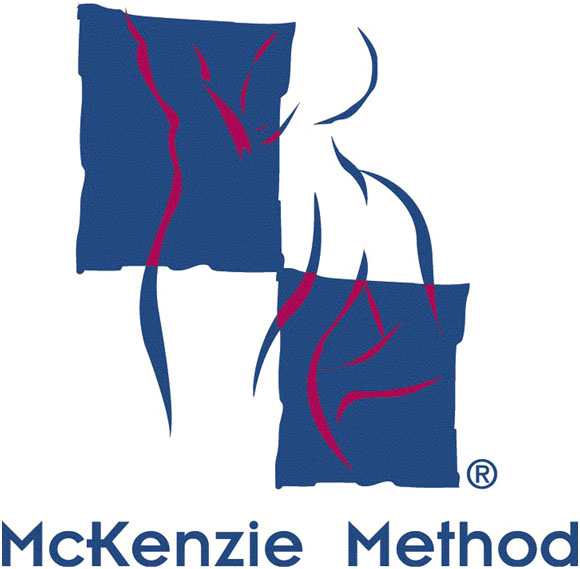
So how does the height of your seat impact your low back pain, ease of sitting and capacity to maintain appropriate posture? It’s all about the hips and the knees. In this case . . . size DOES matter! Check it out!

Turned 50 this year and I decided to address some nagging aches and pains in my life: pain in both shoulders, minor lower back aches and pains, and neck stiffness. After ten minutes with Dimitry, I came to learn that all the issues were related. Dimitry explained to me that pain in the shoulder is dealt with by addressing fundamental body issues: posture, muscle tone, core strength, how I walk, how I sit, how I stand. After working with Dimitry for a single session, I became acutely aware of my body, my posture, and my gait. To my horror, I began to realize how much I hunch, how poor my posture is, how I lean forward and hunch my shoulders when I sit at my desk at work. Dimitry explained to me that we would re-train everything. After a three sessions, I feel renewed. My shoulders are much looser. The exercises that Dimitry has given me — in combination with his physical manipulation of the capsules in my shoulder — have begun to change my life. I feel so much possibility. So much freedom. Fix it once. Fix it right!
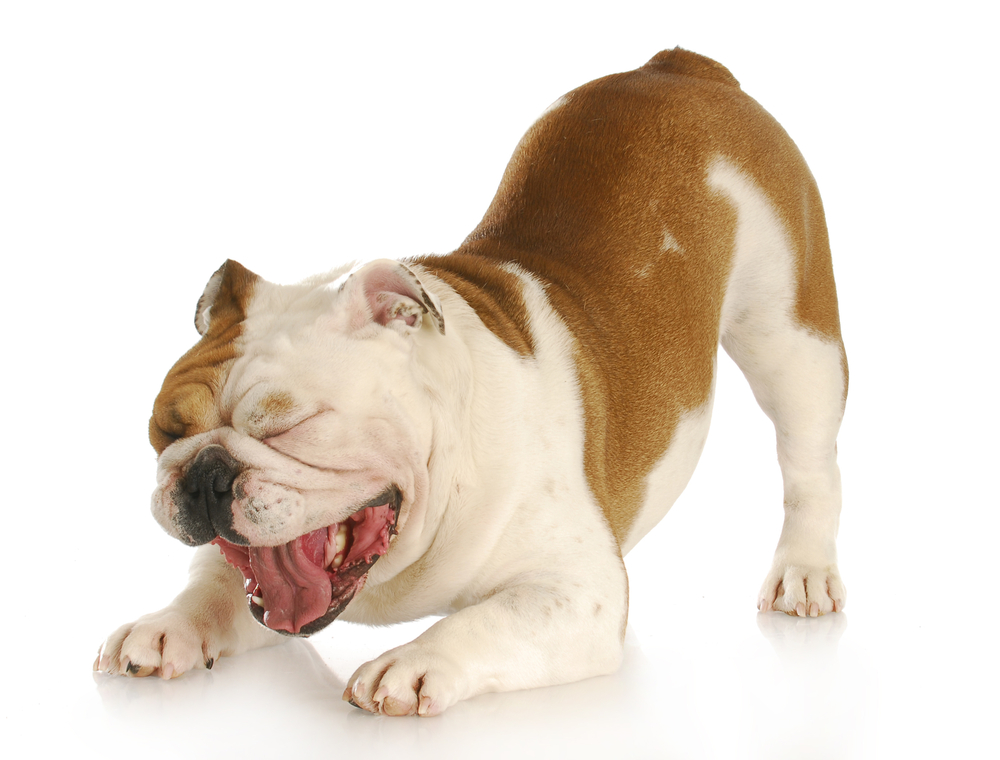
The third pose that we’re going to take a look at within the Sun Salutation is the Down Dog. Proper hand placement, shoulder stabilization along with appropriate spinal and pelvic control is integral in getting into and maintaining this pose. Check out this quick video for details.
